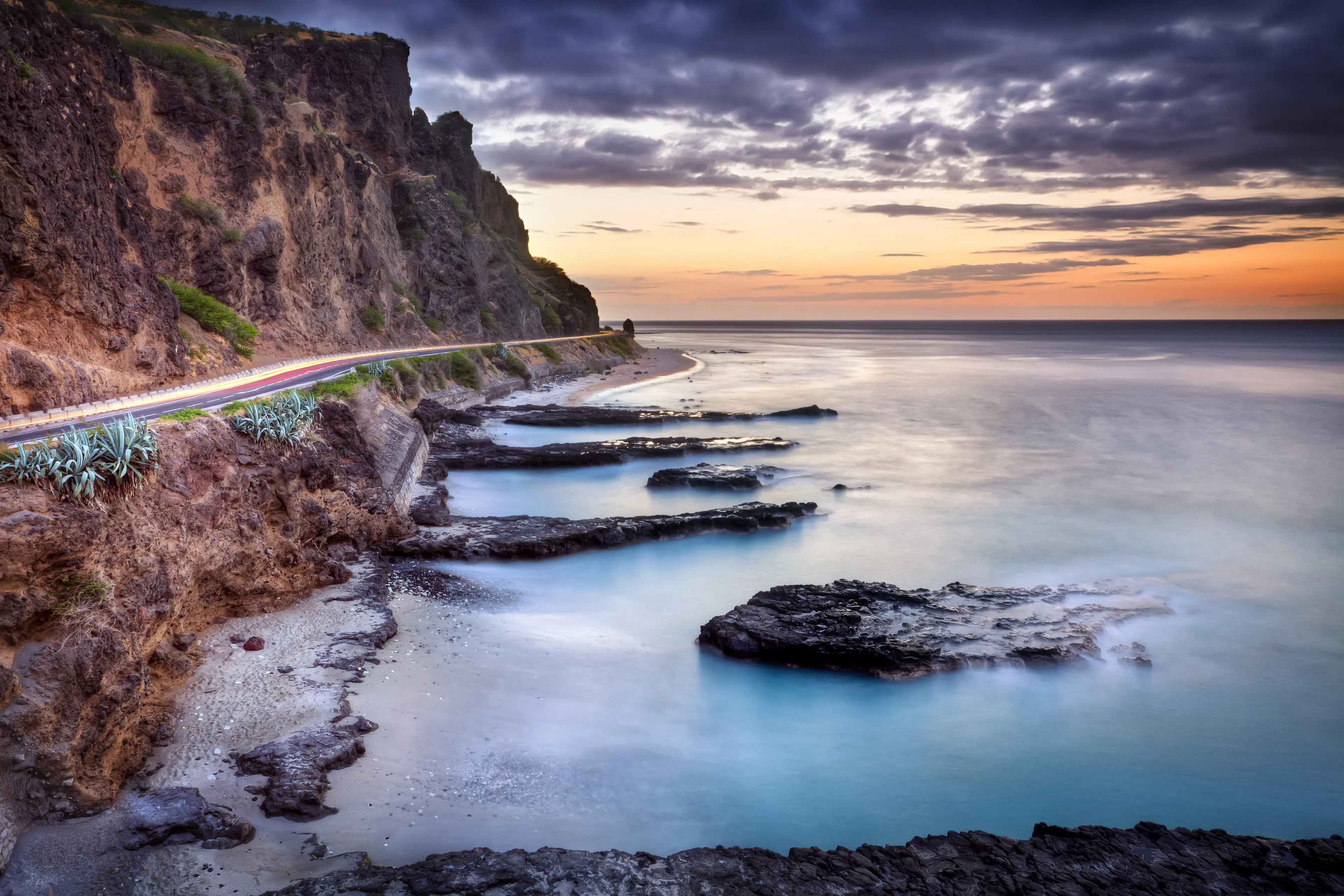4-Day Exploration Adventure on Reunion Island
Reunion Island
4 days
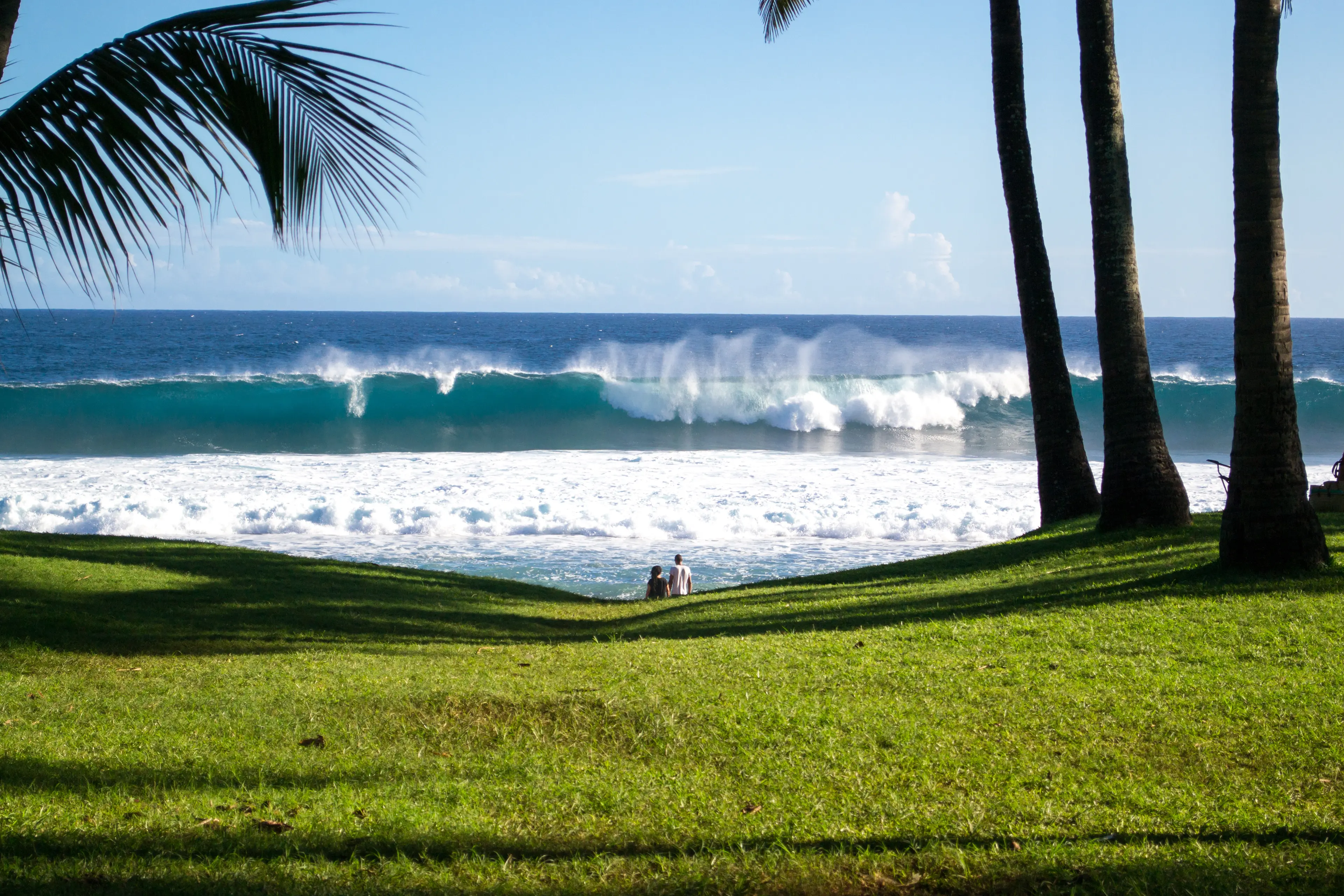
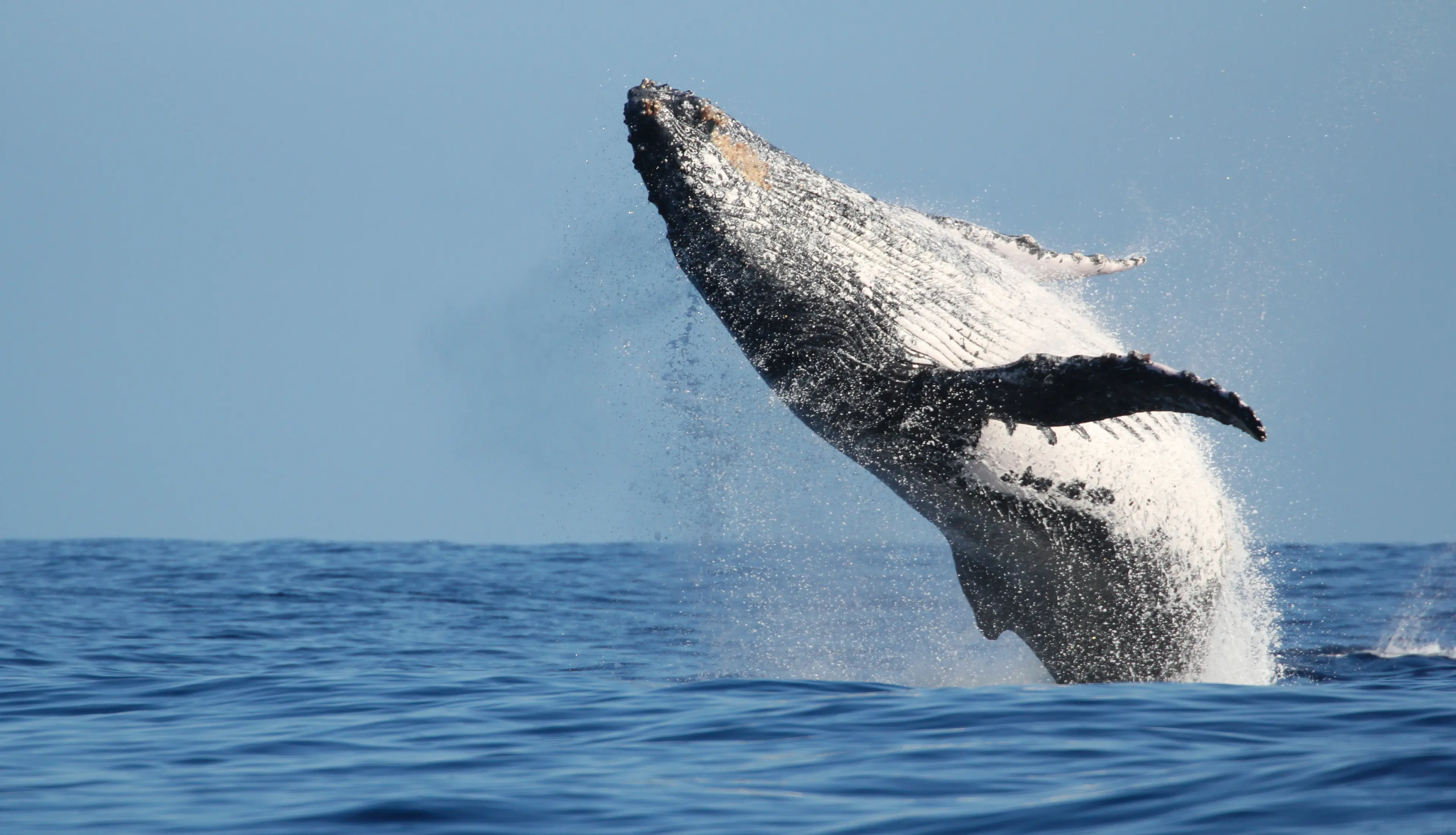
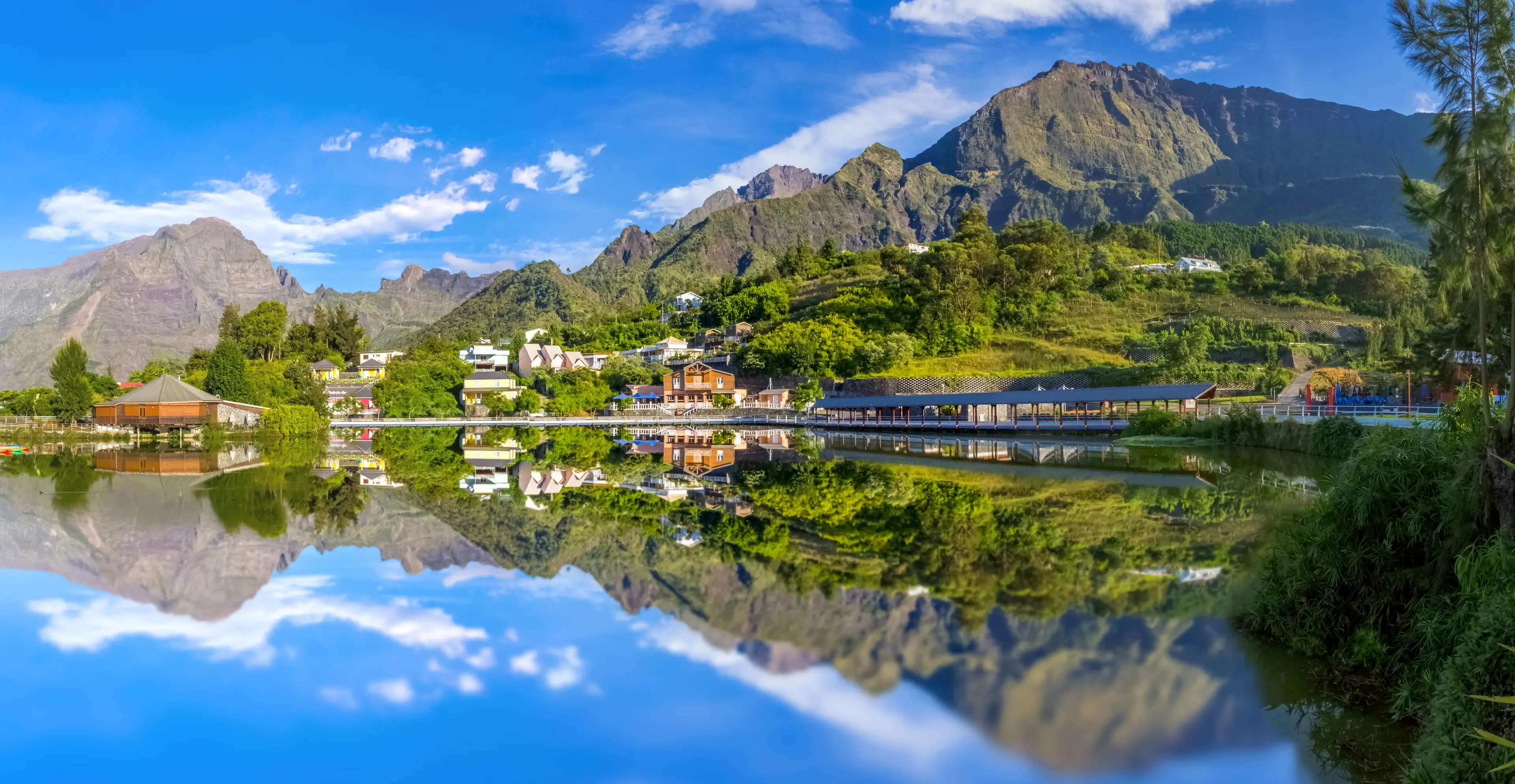
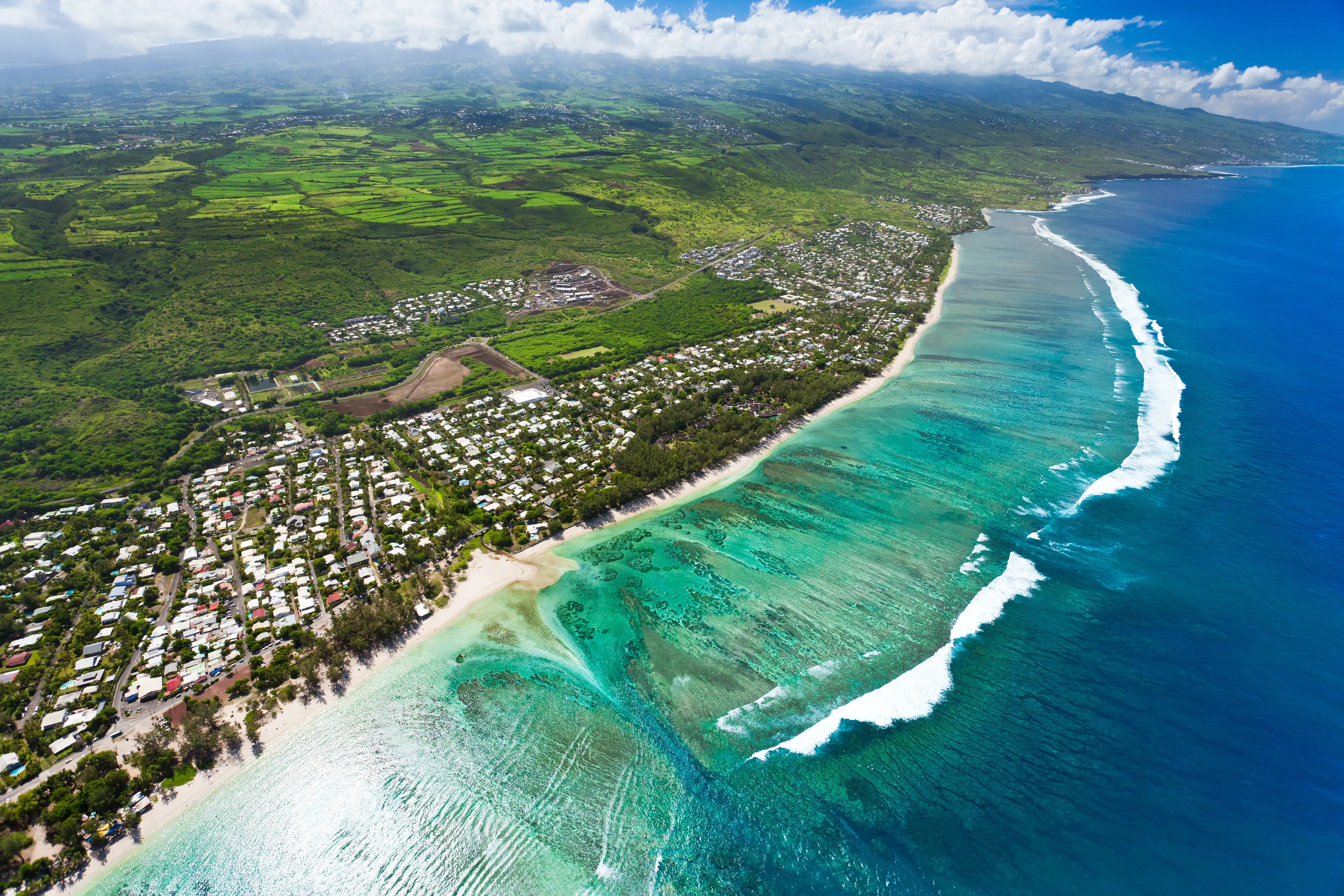
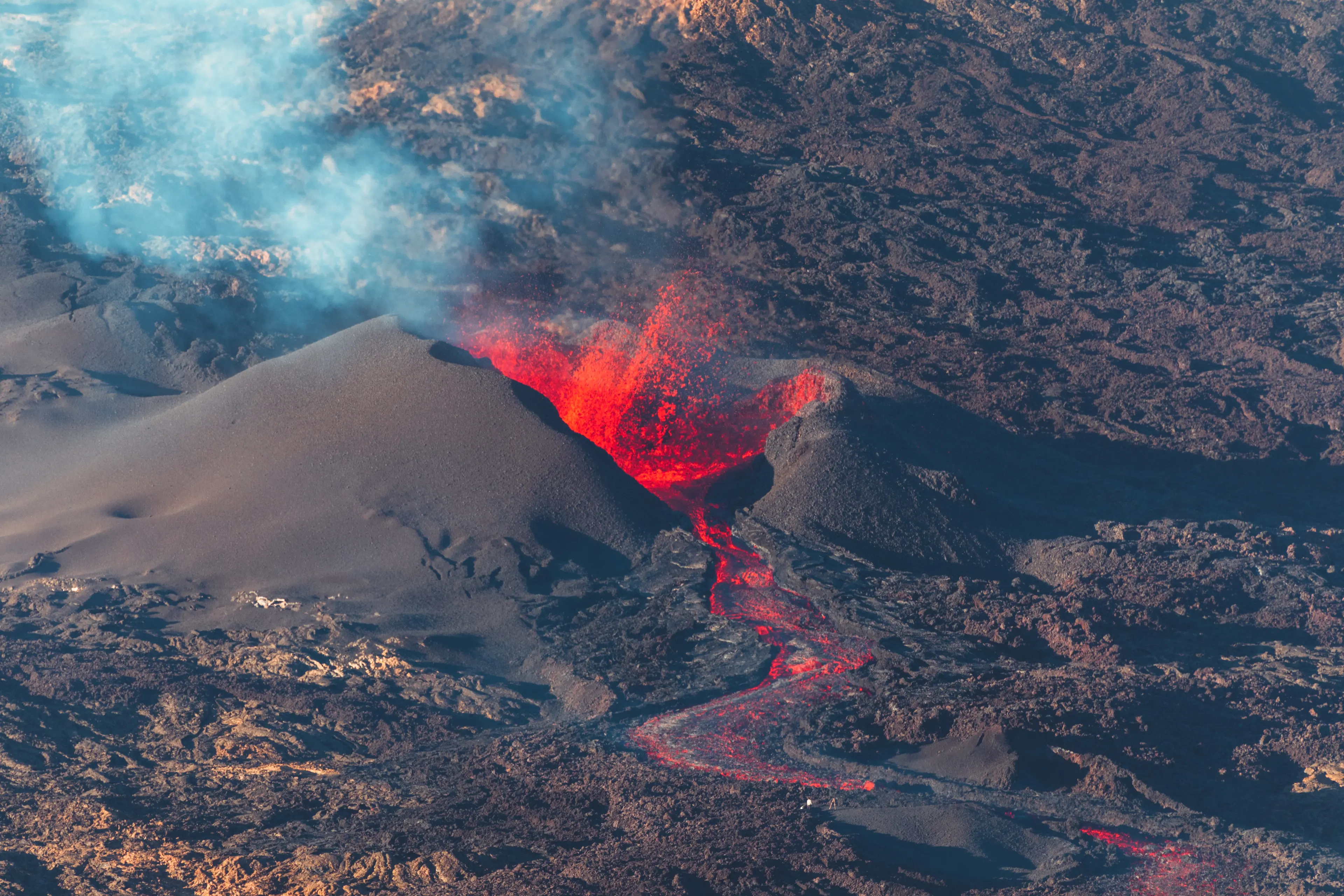
About Reunion Island
Reunion Island, a French overseas territory, is a unique blend of tropical paradise and European charm. Nestled in the Indian Ocean, it offers stunning landscapes with lush forests, towering volcanoes, and pristine beaches. The island is a haven for outdoor enthusiasts, offering activities like hiking, paragliding, and diving. Explore the UNESCO World Heritage site, the Pitons, Cirques and Ramparts of Reunion Island, or relax in the coastal towns with Creole architecture. The island's rich cultural heritage is reflected in its diverse cuisine, a fusion of French, Indian, and African influences. With its warm, welcoming locals and year-round tropical climate, Reunion Island is a captivating destination for a unique holiday experience.
4-Day Itinerary
Day 2
Discovering Saint-Gilles and its History
Morning
Visit the Jardin de l'Etat, a beautiful botanical garden with a variety of tropical plants and trees.
Lunch
Have lunch at a local café and try the 'bouchons', small steamed dumplings filled with pork or chicken.
Afternoon
Explore the Le Musée de Villele, a historical plantation and museum that offers insight into the island's colonial past.
Dinner
Enjoy a romantic dinner at a restaurant offering panoramic views of the Indian Ocean.
Evening
Experience the vibrant nightlife of Saint-Gilles, with its lively bars and nightclubs.
Day 3
Adventure in Mafate Cirque
Morning
Take a guided tour of the Mafate Cirque, a stunning natural amphitheater accessible only by foot or helicopter.
Lunch
Enjoy a picnic lunch amidst the breathtaking scenery of the Mafate Cirque.
Afternoon
Continue exploring the Mafate Cirque, with its rugged landscapes and isolated villages.
Dinner
Dine at a local restaurant and try the 'rougail saucisse', a traditional Creole dish made with smoked sausage and spices.
Evening
Relax at your hotel, or take a moonlit walk along the beach.
Day 4
Sainte-Rose's Natural Wonders and Miracles
Morning
Visit the Notre-Dame des Laves, a church that miraculously survived a volcanic eruption in 1977.
Lunch
Have lunch at a local restaurant and try the 'gratin de chouchous', a dish made with chayote squash and cheese.
Afternoon
Explore the Lava Tunnels created by the 2007 eruption of the Piton de la Fournaise.
Dinner
Enjoy your last dinner on the island at a restaurant offering traditional Creole cuisine.
Evening
Spend your last evening on the island relaxing at your hotel, or take a final stroll along the beach.
Attractions in Itinerary (7)

1Saint-Denis Market
A vibrant market offering a variety of local goods and food.
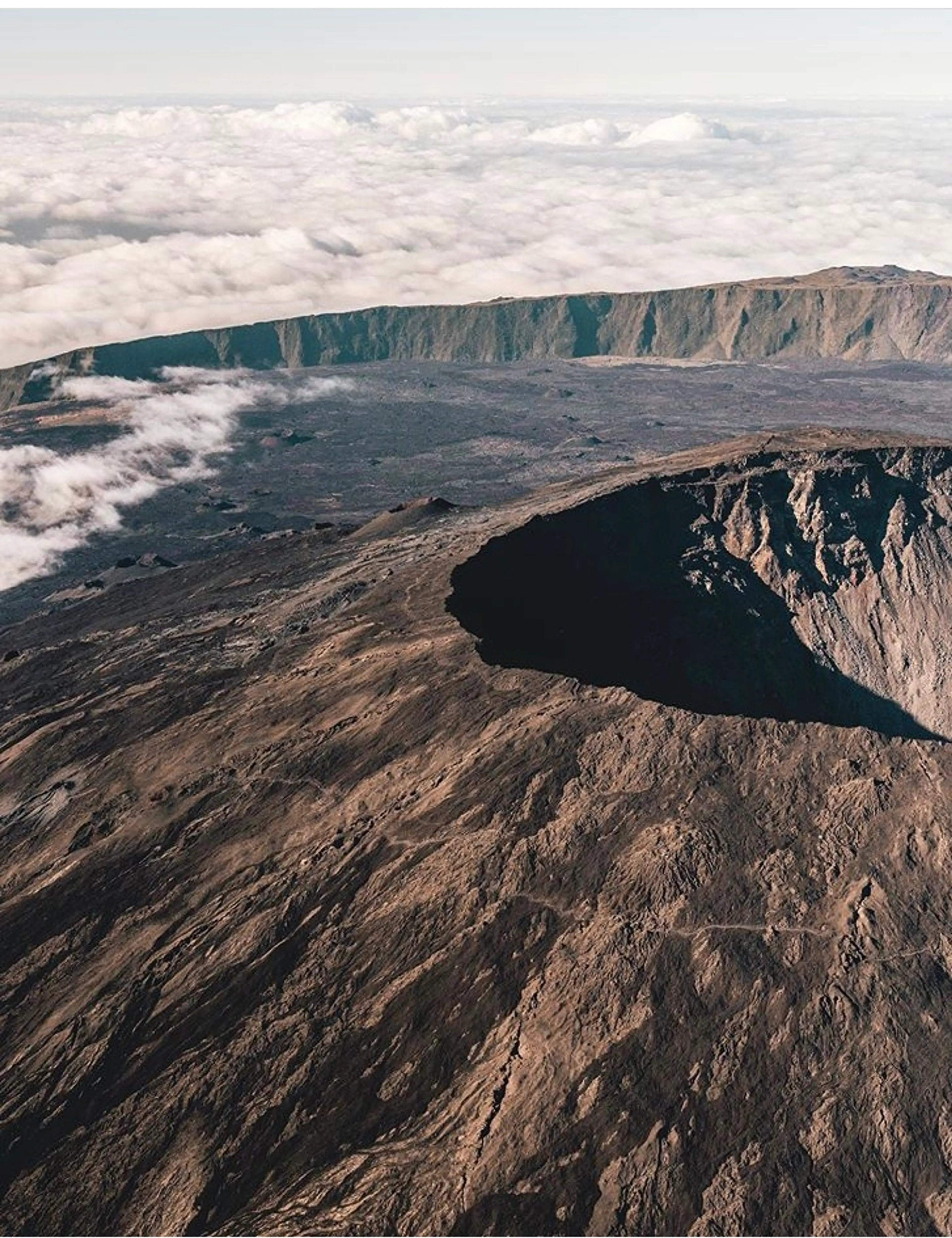
2Piton de la Fournaise
One of the most active volcanoes in the world, offering hiking trails and stunning views.

3Jardin de l'Etat
The oldest botanical garden on the island, home to a variety of exotic plants.

4Le Musée de Villele
A historic museum located in an old plantation house. It offers a glimpse into the history of the island and the life of the inhabitants during the colonial period.
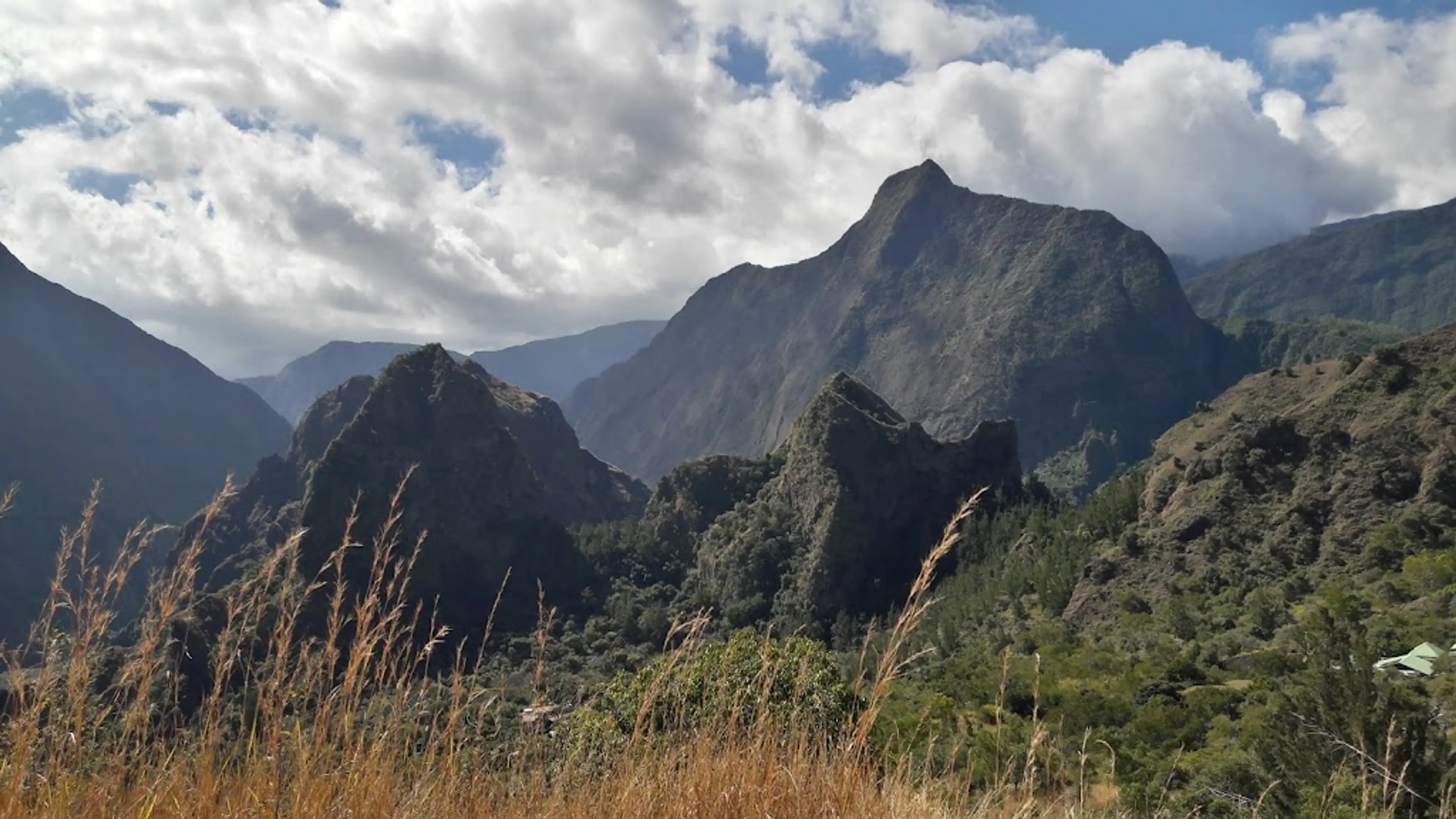
5Mafate Cirque
A natural amphitheater in the mountains, accessible only by foot or helicopter.
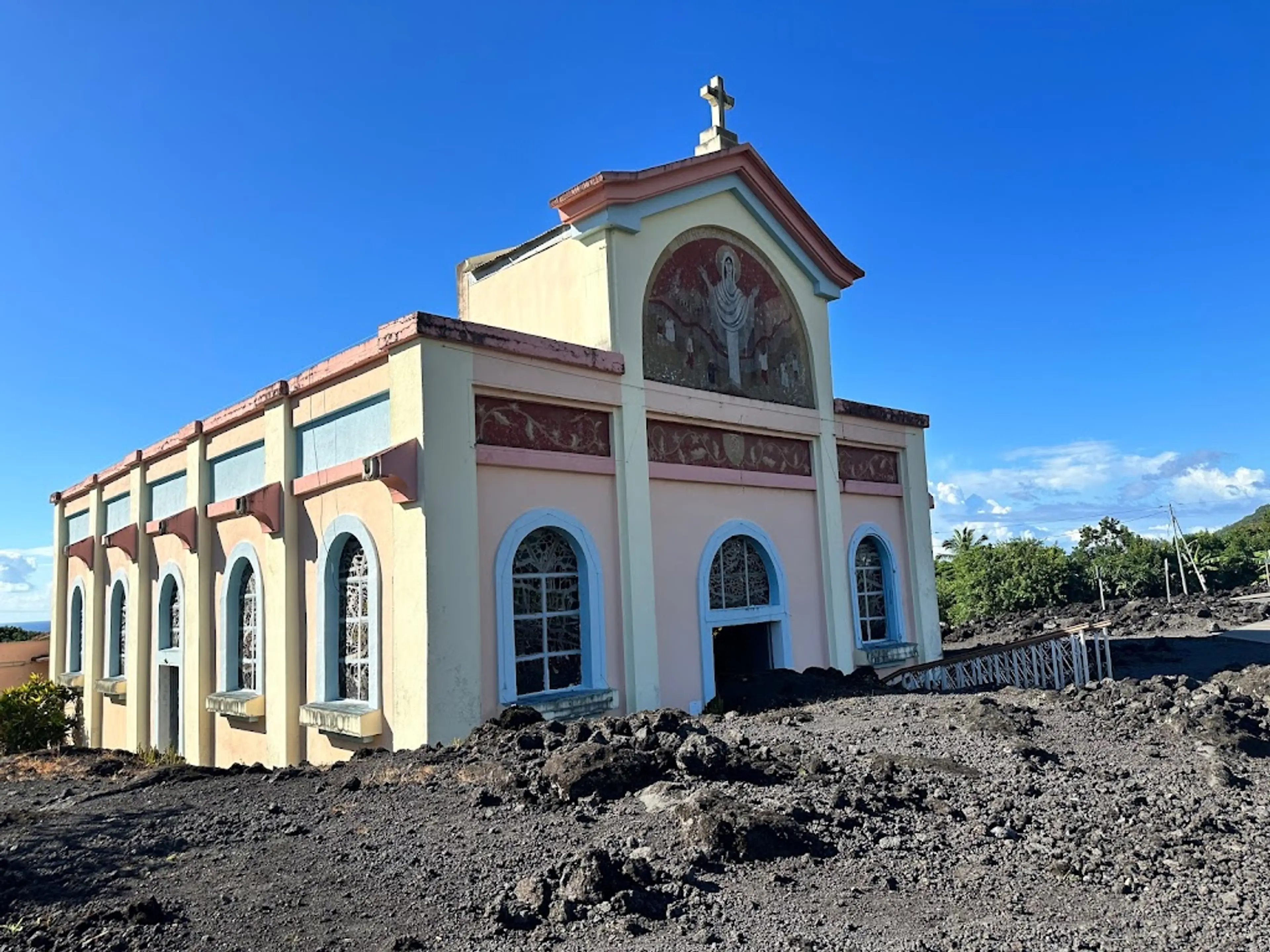
6Notre-Dame des Laves
A church that survived a volcanic eruption, with lava flow stopping at its doorstep.
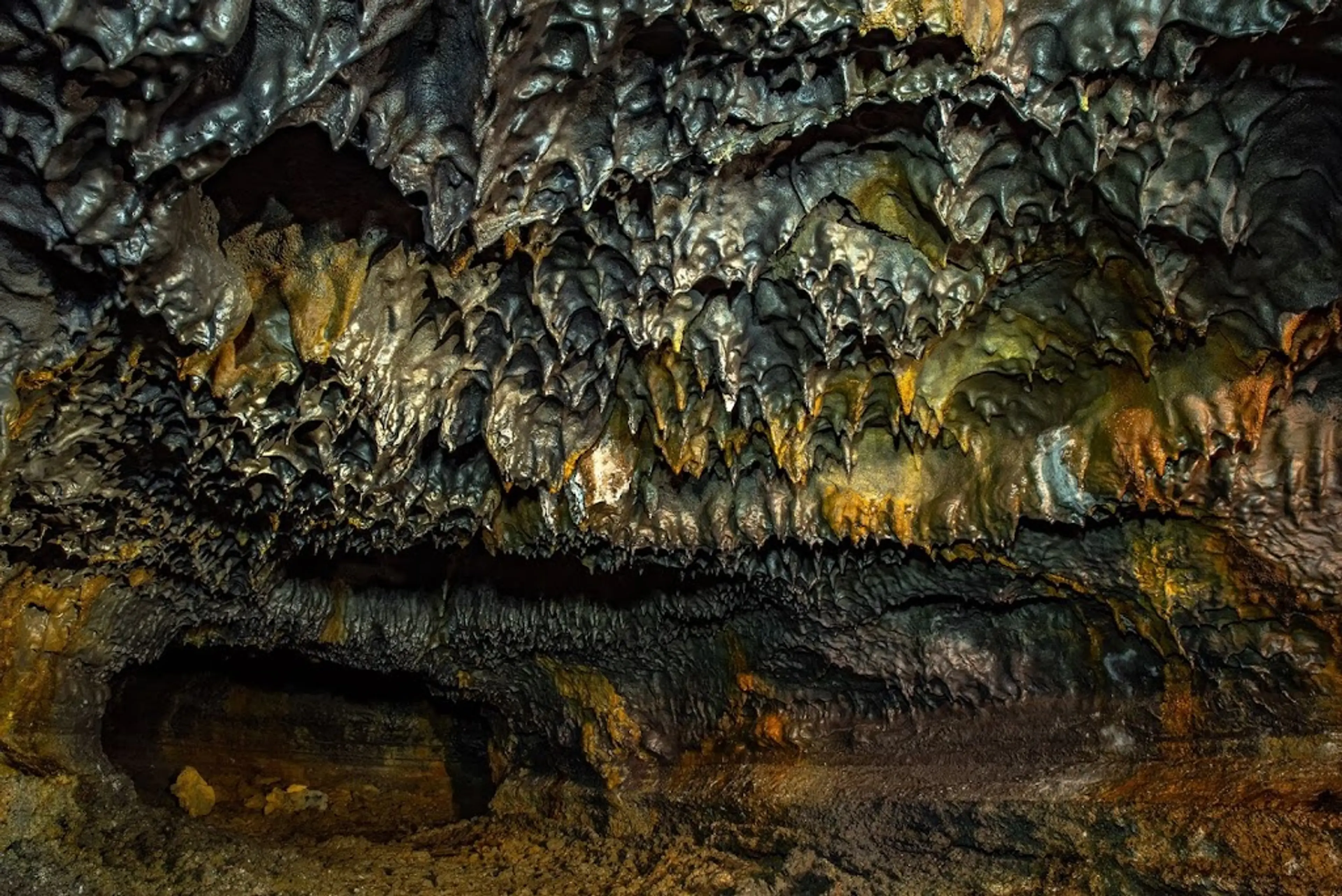
7Lava Tunnels
A natural formation created by flowing lava, which can be explored through guided tours.
Local Food and Drinks (12)
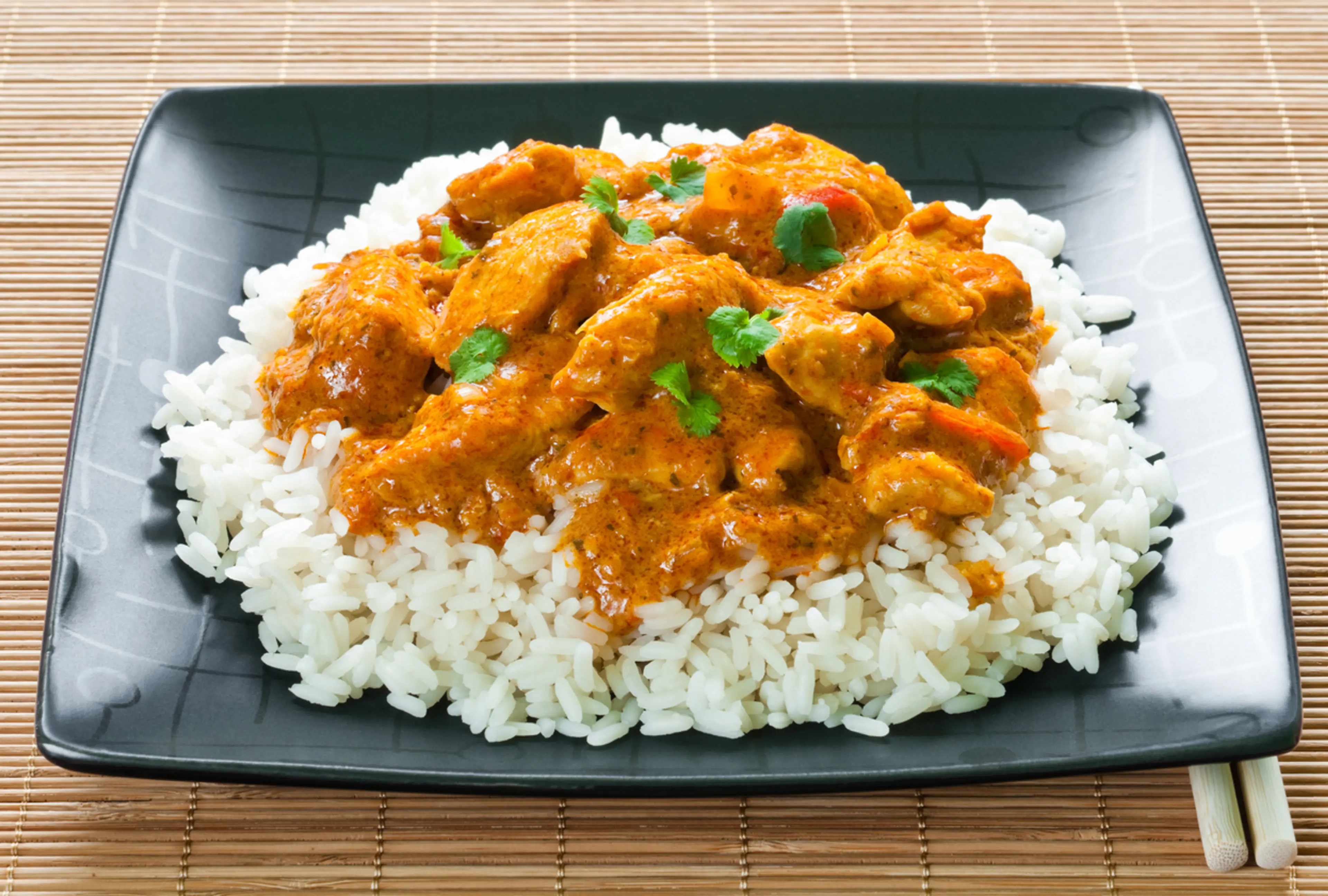
Cari Poulet
A popular dish in Reunion Island, Cari Poulet is a chicken curry made with turmeric, garlic, onion, and thyme. It is often served with rice and represents the island's blend of Indian and Creole influences.
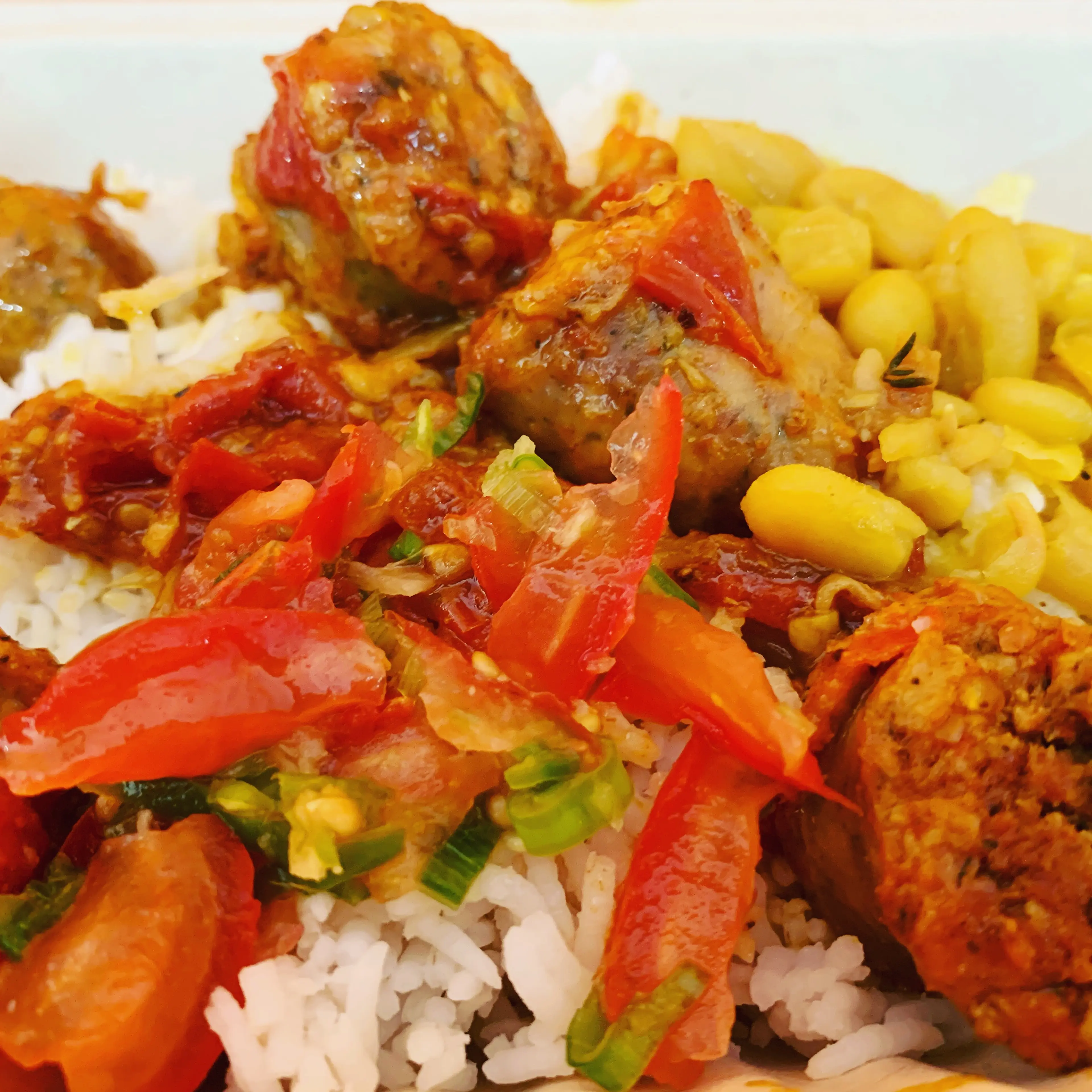
Rougail Saucisse
Rougail Saucisse is a traditional dish made with smoked sausage, tomatoes, onions, garlic, turmeric, and chili. It is a staple in Reunionese cuisine and showcases the island's love for spicy and flavorful dishes.
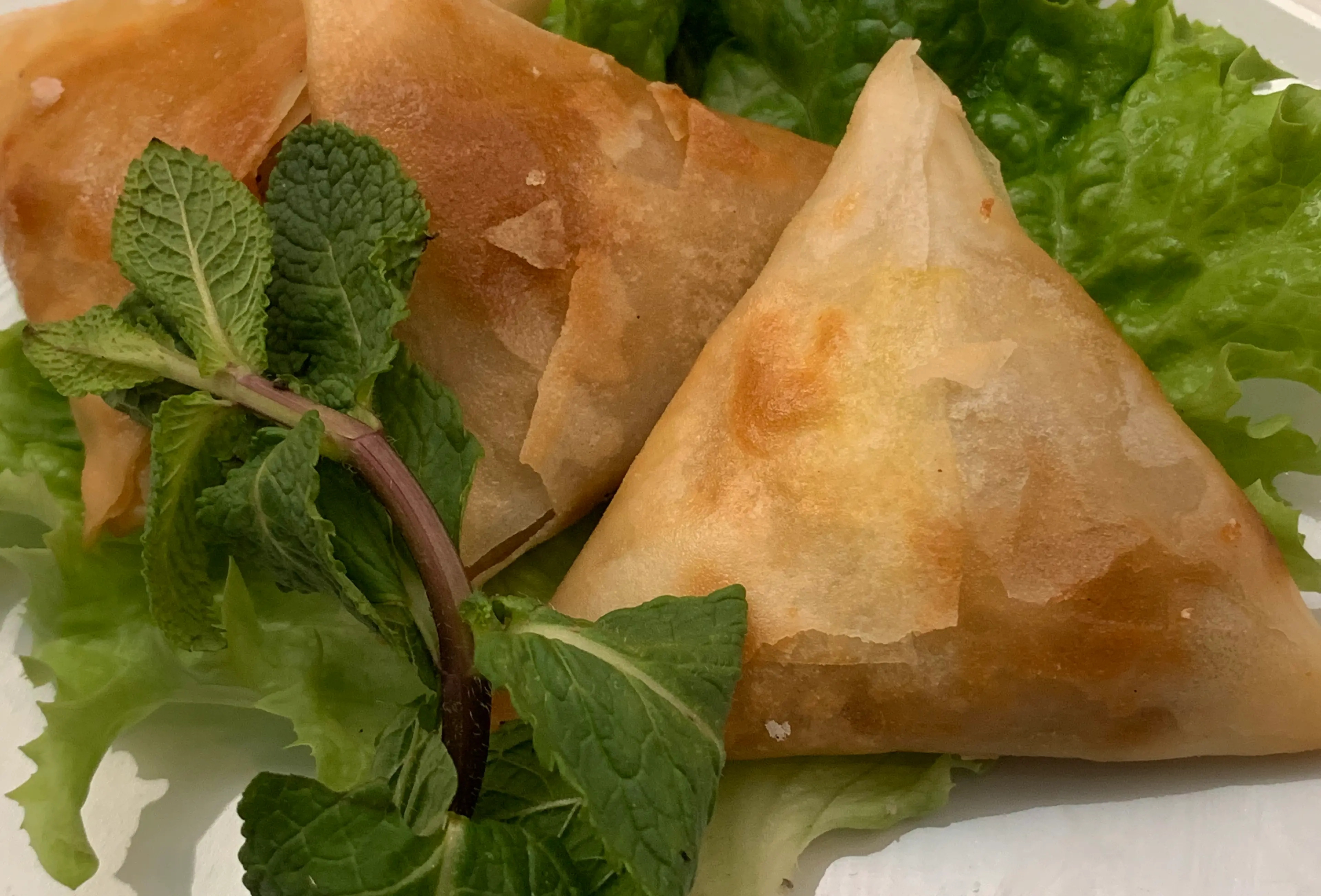
Samoussas
Samoussas are small, triangular pastries filled with meat, fish, or vegetables. They are a popular street food in Reunion Island, reflecting the island's Indian influences.
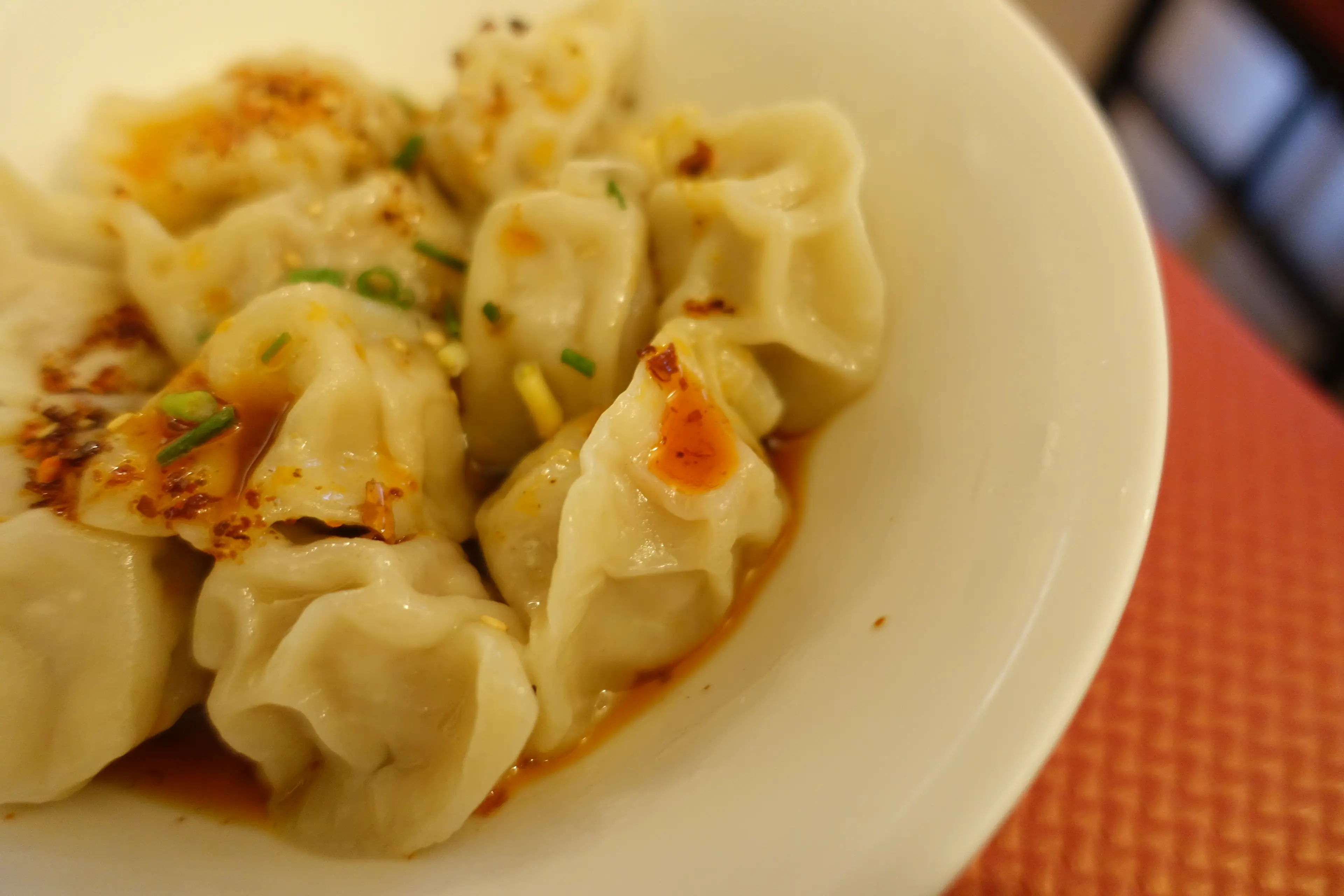
Bouchons
Bouchons are small dumplings filled with pork and served with a spicy sauce. They are a popular snack in Reunion Island and represent the island's Chinese culinary influence.
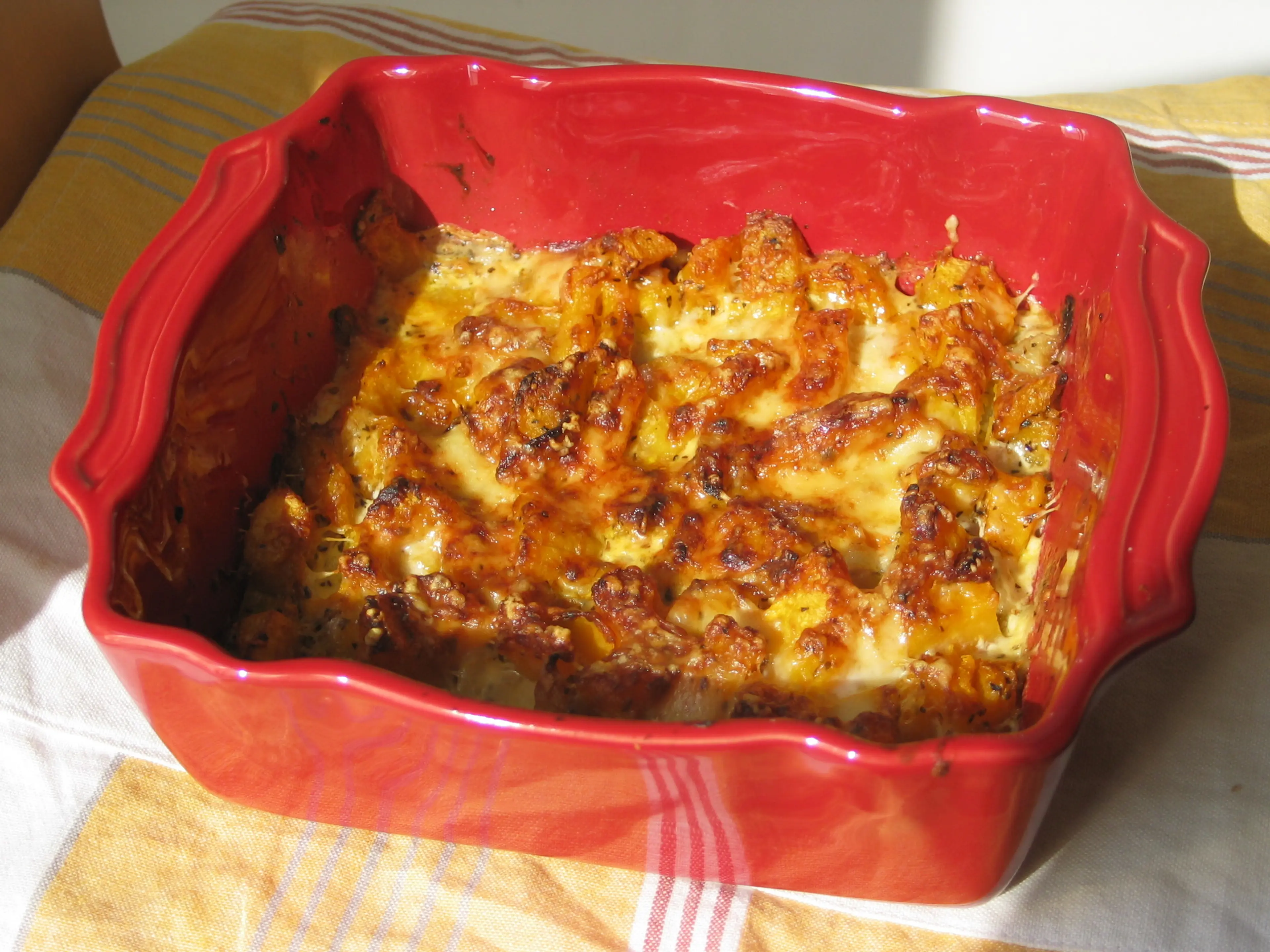
Gratin de Chouchous
Gratin de Chouchous is a baked dish made with chayote, a type of squash, cheese, and béchamel sauce. It is a traditional side dish in Reunion Island and showcases the island's French influences.
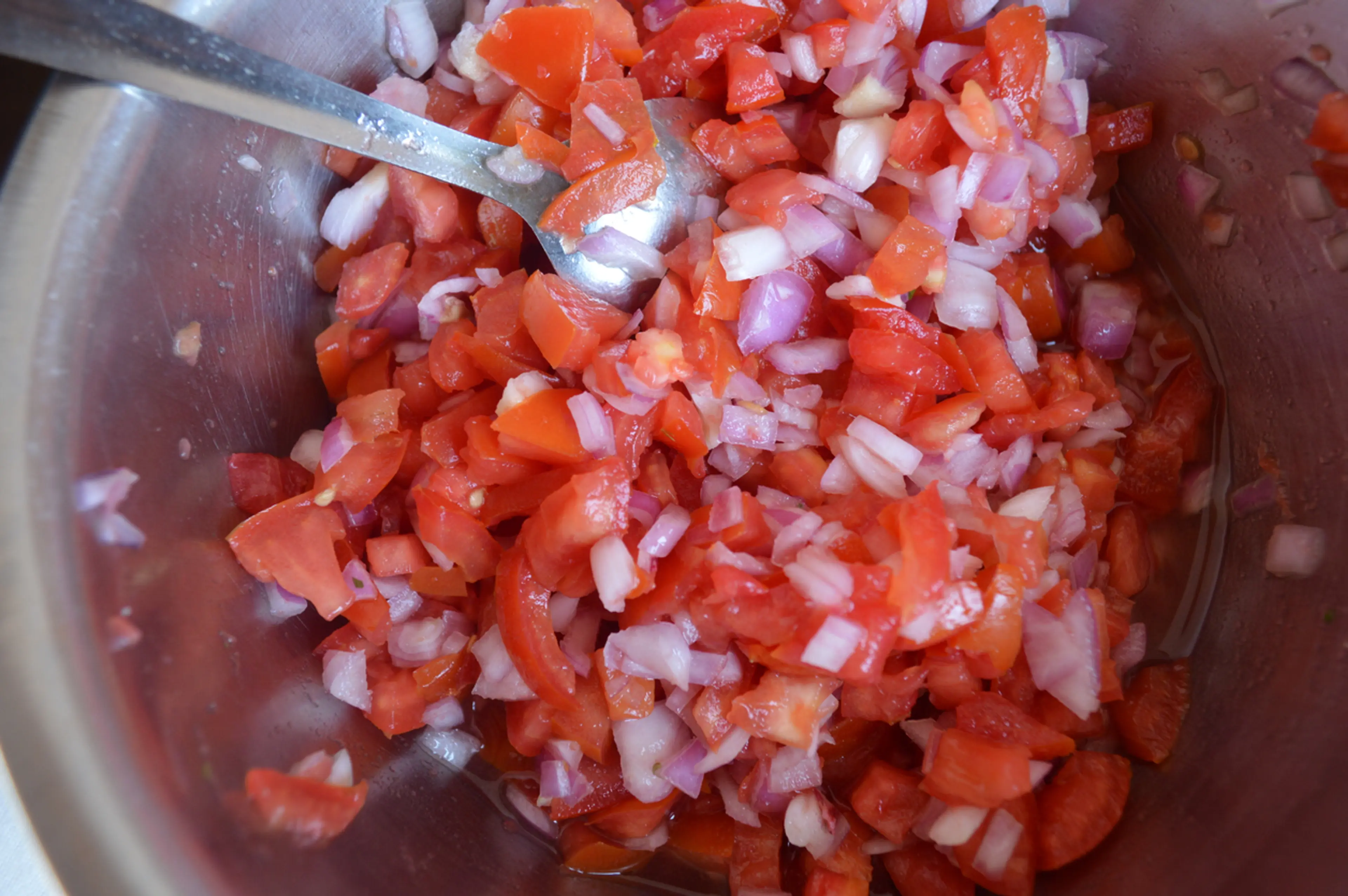
Rougail Tomate
Rougail Tomate is a spicy tomato salsa made with onions, garlic, and chili. It is a common accompaniment to main dishes in Reunion Island, reflecting the island's love for spicy foods.
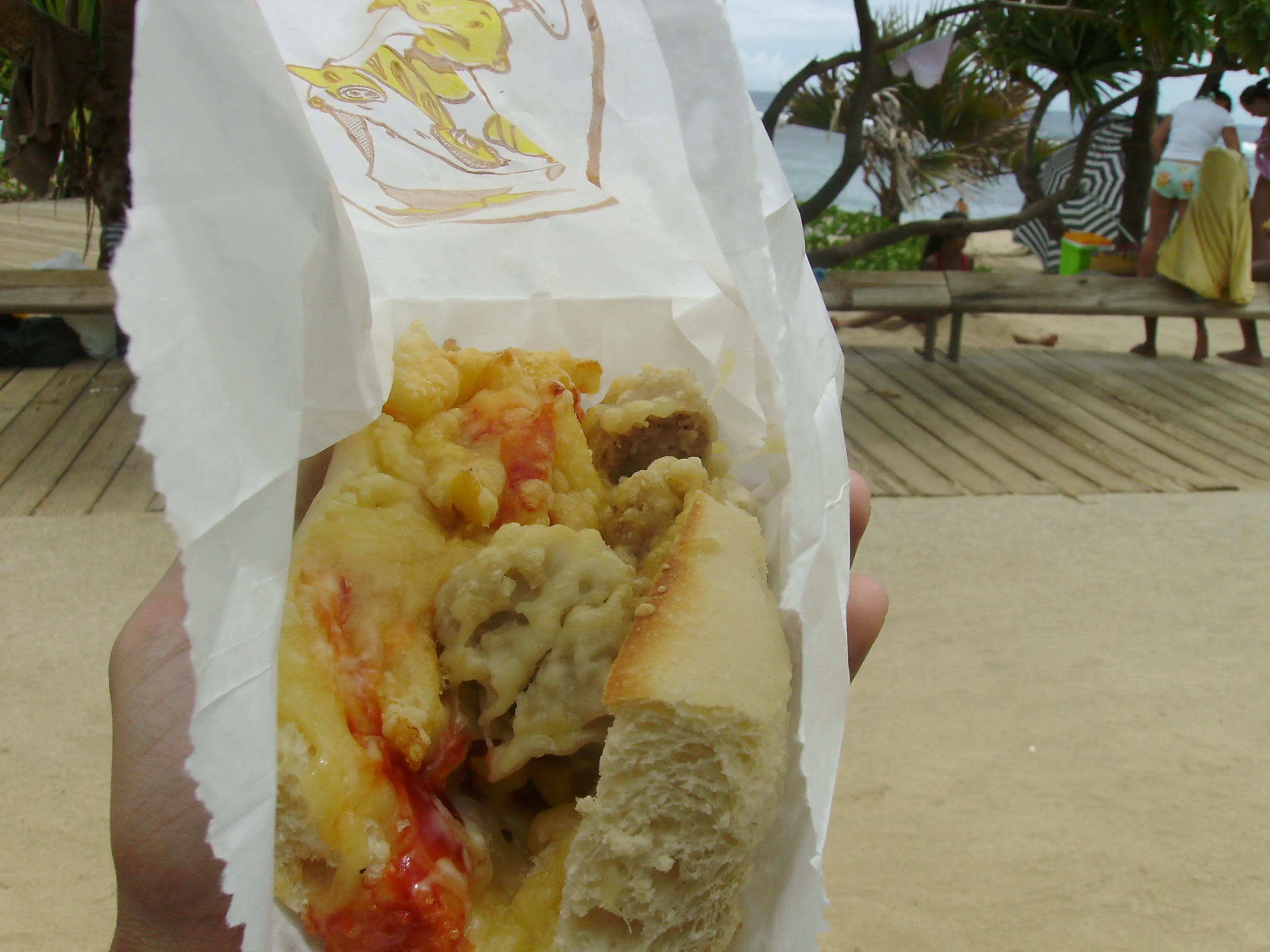
Pain Bouchon
Pain Bouchon is a sandwich made with bouchon dumplings and spicy sauce. It is a popular breakfast food in Reunion Island, showcasing the island's unique blend of flavors.
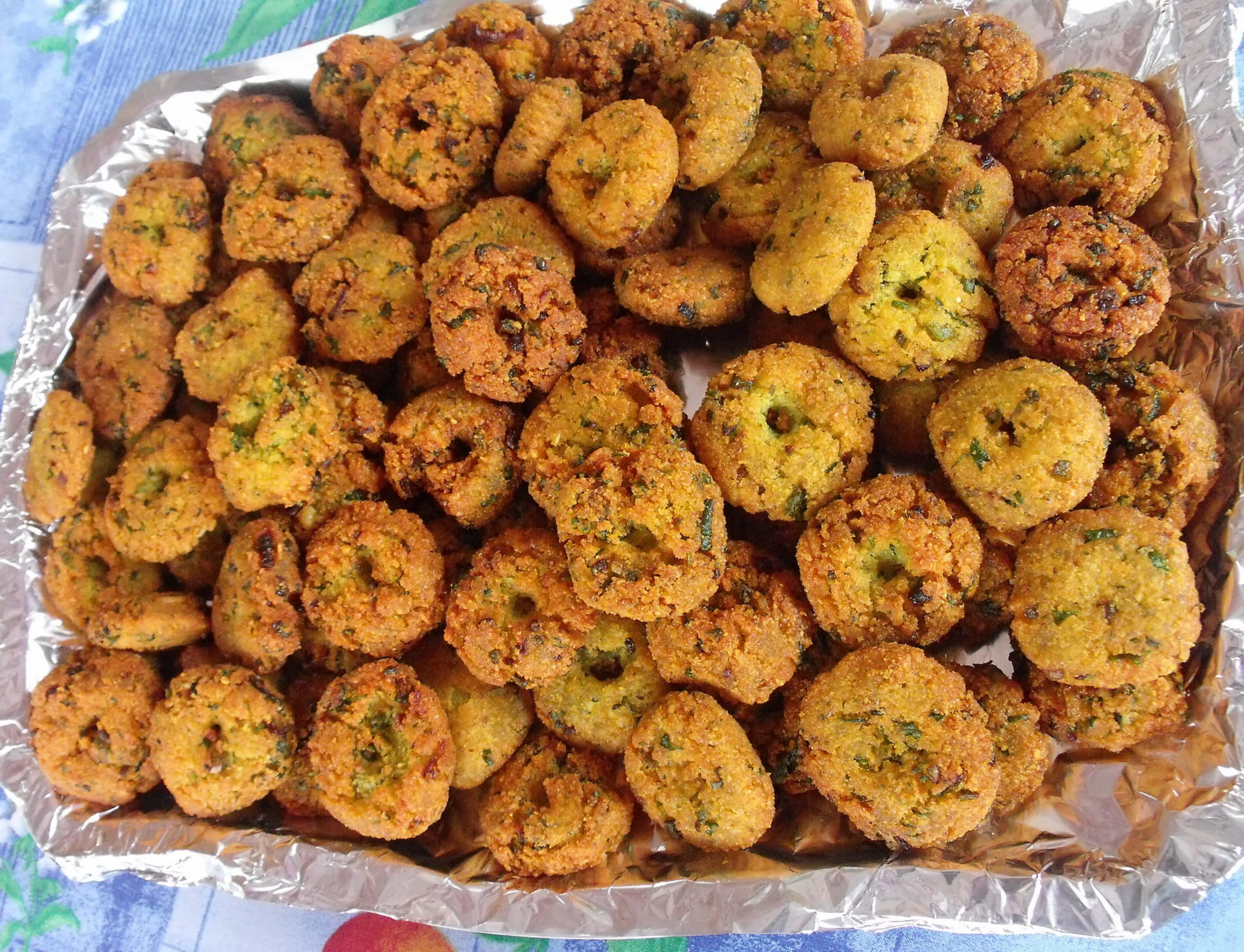
Bonbons Piments
Bonbons Piments are spicy fritters made with lentils, onions, and chili. They are a popular snack in Reunion Island and represent the island's Indian and Creole influences.
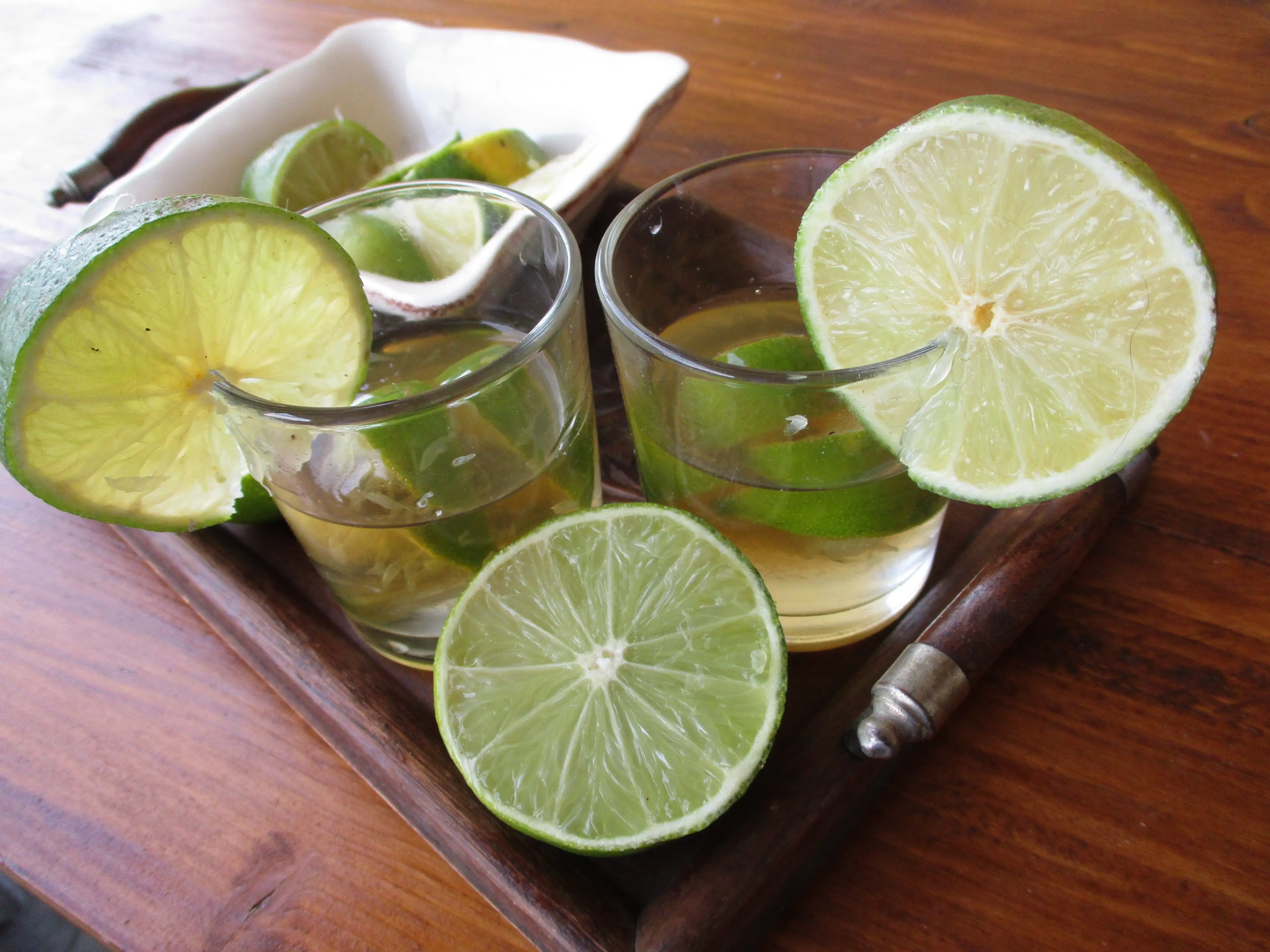
Ti' Punch
Ti' Punch is a cocktail made with rum, lime, and cane syrup. It is a popular drink in Reunion Island and showcases the island's rum production.

Dodo Beer
Dodo Beer is a locally brewed lager in Reunion Island. It is a popular drink among locals and tourists alike, representing the island's brewing tradition.

Café Bourbon Pointu
Café Bourbon Pointu is a locally grown coffee in Reunion Island. It is known for its unique flavor and aroma, showcasing the island's coffee production.
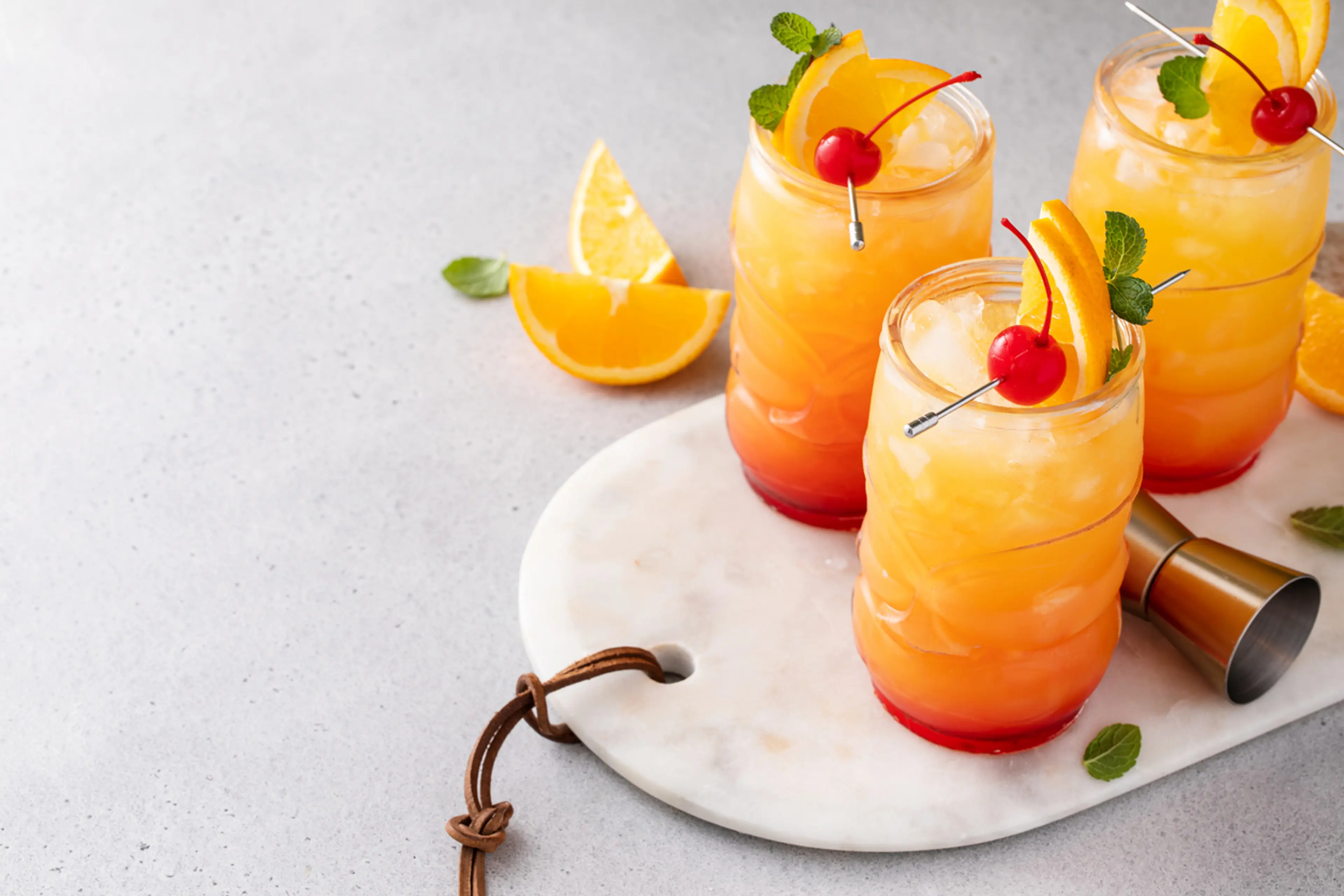
Rhum Arrangé
Rhum Arrangé is a rum infused with fruits and spices. It is a traditional drink in Reunion Island and represents the island's love for flavorful and potent drinks.
Best time to visit
The best time to visit Reunion Island is during the dry season, which runs from May to November. During this period, the weather is cooler and less humid, making it perfect for outdoor activities such as hiking, beach visits, and exploring the island's stunning landscapes. However, if you're interested in whale watching, the best period is from June to September when humpback whales migrate near the island.
How to get around
Car Rental
Renting a car is one of the most popular ways to get around Reunion Island. The island has a well-developed network of roads, including a coastal highway and mountain roads. Car rental companies are available at the airport and in major towns.
Bus
Reunion Island has a public bus system, known as Car Jaune (Yellow Bus). These buses cover most of the island, including popular tourist destinations. However, they can be less frequent in remote areas.
Taxi
Taxis are available in Reunion Island, especially in urban areas and at the airport. They can be a convenient but more expensive option for getting around. It's advisable to agree on the fare before starting the journey.
Ridesharing
Ridesharing services, such as Uber, are not currently available in Reunion Island. However, local alternatives may exist, and carpooling is quite common among locals.
Bicycle
Reunion Island offers several cycling routes for both casual riders and professionals. Bicycles can be rented from various outlets across the island.
Hiking
Given the island's stunning natural beauty, hiking is a popular way to get around. There are numerous trails, ranging from easy walks to challenging hikes. Always ensure you're well-prepared and informed about the weather conditions.
Helicopter
For a unique perspective, helicopter tours are available on Reunion Island. These provide breathtaking aerial views of the island's diverse landscapes, including its volcanoes and waterfalls.
Things to know about Reunion Island as a first time visitor
1
Reunion Island is a French overseas territory, so the official language is French. However, many locals also speak Creole.
2
The currency used on the island is the Euro. Credit cards are widely accepted, but it's always a good idea to have some cash on hand.
3
Reunion Island is located in the Indian Ocean, east of Madagascar and southwest of Mauritius.
4
The island has a tropical climate. The average temperature ranges from 68°F to 86°F (20°C to 30°C).
5
Reunion Island is known for its active volcanoes. It's safe to visit, but always heed local warnings and restrictions.
6
Driving is on the right side of the road. If you plan to rent a car, an international driving permit is recommended.
7
The island is home to a diverse range of flora and fauna. However, be aware that some species, like the mosquito that can carry dengue fever, can pose health risks.
8
Reunion Island is in the Southern Hemisphere, so its seasons are opposite those of the Northern Hemisphere.
9
The island's tap water is safe to drink, but bottled water is also widely available.
10
Reunion Island is a multicultural society with influences from Africa, India, Europe, and China. Respect for local customs and traditions is appreciated.
11
The island is known for its outdoor activities, including hiking, surfing, and paragliding. Always follow safety guidelines and respect the environment.
12
Reunion Island is in the UTC+4 time zone and does not observe daylight saving time.
13
The island has a well-developed healthcare system, but travel insurance is recommended for emergencies.
14
Reunion Island has a high cost of living compared to mainland France, so budget accordingly.
15
The island's cuisine is a blend of French, Indian, Chinese, and African influences. Try local specialties like cari (a type of curry) and rougail (a spicy tomato sauce).
16
Reunion Island has a dress code that is generally casual, but it's respectful to cover up when visiting religious sites.
17
The island has a reliable public transportation system, but services can be limited in remote areas.
18
Reunion Island is a popular destination for whale watching between June and September.
19
The island is home to several endemic species, including the Reunion harrier and the Reunion cuckooshrike. Always respect local wildlife.
20
Reunion Island has a strong music culture, with genres like maloya and sega being popular. Don't miss the chance to experience a live performance.
Basic French to know as a first time visitor
English phrase | Native phrase | Pronunciation | When to use it |
|---|---|---|---|
Hello | Bonjour | bohn-zhoor | Greeting someone |
Goodbye | Au revoir | oh reh-vwahr | Saying goodbye |
Please | S'il vous plaît | see voo play | Making a request |
Thank you | Merci | mehr-see | Expressing gratitude |
Yes | Oui | wee | Agreeing or affirming |
No | Non | nohn | Disagreeing or negating |
Excuse me | Excusez-moi | ex-koo-zay mwah | Getting attention or apologizing |
I'm sorry | Je suis désolé | zhuh swee deh-soh-leh | Apologizing |
Do you speak English? | Parlez-vous anglais? | par-leh voo ahn-gleh | Asking if someone speaks English |
I don't understand | Je ne comprends pas | zhuh nuh kohn-prahn pah | Expressing confusion |
Where is...? | Où est...? | oo eh... | Asking for directions |
Bathroom | Toilettes | twah-let | Looking for a bathroom |
Help | Aide | ed | In case of emergency |
Food | Nourriture | noo-ree-toor | Looking for food |
Water | Eau | oh | Looking for water |
Hotel | Hôtel | oh-tel | Looking for a hotel |
Taxi | Taxi | taxi | Looking for a taxi |
Airport | Aéroport | aeroport | Looking for an airport |
How much does it cost? | Combien ça coûte? | kohn-byehn sah koot | Asking for the price |
Can I pay with a credit card? | Puis-je payer avec une carte de crédit? | pwee-zhuh peh-yeh ah-vek oon kart deh kreh-dee | Asking to pay with a credit card |
Packing List
Clothing
Lightweight clothing
Swimwear
Beach cover-up
Underwear
Socks
Sleepwear
Light jacket or sweater
Hiking shoes
Flip flops
Hat
Sunglasses
Toiletries
Toothbrush and toothpaste
Shampoo and conditioner
Body wash
Deodorant
Razor and shaving cream
Sunscreen
Insect repellent
First aid kit
Prescription medications
Contact lenses and solution
Travel documents and essentials
Passport
Driver's license
Credit and debit cards
Cash in local currency
Travel insurance documents
Hotel and car rental reservations
Emergency contacts and addresses
Electronics and gadgets
Smartphone
Charger and adapter
Camera
Memory cards
Portable power bank
Headphones
Miscellaneous items
Travel pillow
Earplugs and eye mask
Snacks
Water bottle
Books or e-reader
Travel guide and map
Umbrella
Beach towel
Reusable shopping bag
Weather Conditions
Reunion Island, located in the Indian Ocean, is known for its tropical climate which can be quite diverse due to its varied topography. The island experiences two main seasons: the hot, rainy season from November to April and the cooler, dry season from May to October. During the hot season, temperatures can reach up to 30°C (86°F) along the coast. This period is also characterized by heavy rainfall, especially in the east and in the highlands. It's important to note that this is also the cyclone season, so it's advisable to stay updated with local weather forecasts. The cooler season, on the other hand, sees temperatures dropping to around 20°C (68°F) along the coast. In the highlands, it can get quite chilly with temperatures falling to around 10°C (50°F) or even lower during the night. This is the best time to visit if you're planning on hiking or exploring the island's stunning landscapes. Regardless of when you visit, it's advisable to pack a variety of clothing options. Lightweight, breathable clothing is ideal for the coastal areas, while warmer clothing may be necessary for the cooler highlands. Don't forget your rain gear, especially if you're visiting during the rainy season. Lastly, always remember to protect yourself from the sun. The UV index in Reunion Island can be high, so ensure you have sunblock, sunglasses, and a hat to protect your skin and eyes. Enjoy your visit to Reunion Island!
| Month | Hi / Lo (°C) | Weather Overview |
|---|---|---|
January | 31° / 23° | January is the hottest month in Reunion Island, with temperatures reaching up to 31°C. It's also the wettest month, so pack your rain gear. |
February | 31° / 23° | February is also quite hot and wet, with temperatures similar to January. It's a great time for indoor activities and exploring the island's cuisine. |
March | 30° / 23° | March sees a slight decrease in temperature but it's still quite warm. The rainfall starts to decrease, making it a good time for outdoor activities. |
April | 29° / 21° | April is the start of the cooler season, with temperatures dropping slightly. The weather is generally pleasant, making it a great time to explore the island. |
May | 27° / 19° | May is relatively cooler with temperatures ranging from 19°C to 27°C. The weather is perfect for hiking and exploring the island's natural beauty. |
June | 25° / 17° | June is one of the coolest months in Reunion Island. The weather is generally dry, making it a great time for outdoor activities. |
July | 24° / 16° | July is the coolest month in Reunion Island, with temperatures dropping to 16°C. Despite the cooler weather, it's a great time to explore the island's scenic beauty. |
August | 24° / 16° | August is similar to July in terms of temperature. The weather is dry and cool, making it a great time for hiking and sightseeing. |
September | 25° / 17° | September marks the start of the warmer season. The weather is pleasant and it's a great time to enjoy the island's beaches. |
October | 27° / 19° | October sees a slight increase in temperature. The weather is generally pleasant, making it a great time to explore the island. |
November | 29° / 21° | November is quite warm with temperatures ranging from 21°C to 29°C. The weather is perfect for beach activities and exploring the island's natural beauty. |
December | 30° / 22° | December is one of the warmest months in Reunion Island. The weather is generally dry, making it a great time for outdoor activities. |
Did you know?
Places near by Reunion Island

Mauritius
A tropical paradise with beautiful beaches and a rich history

Madagascar
The world's fourth largest island known for its unique biodiversity
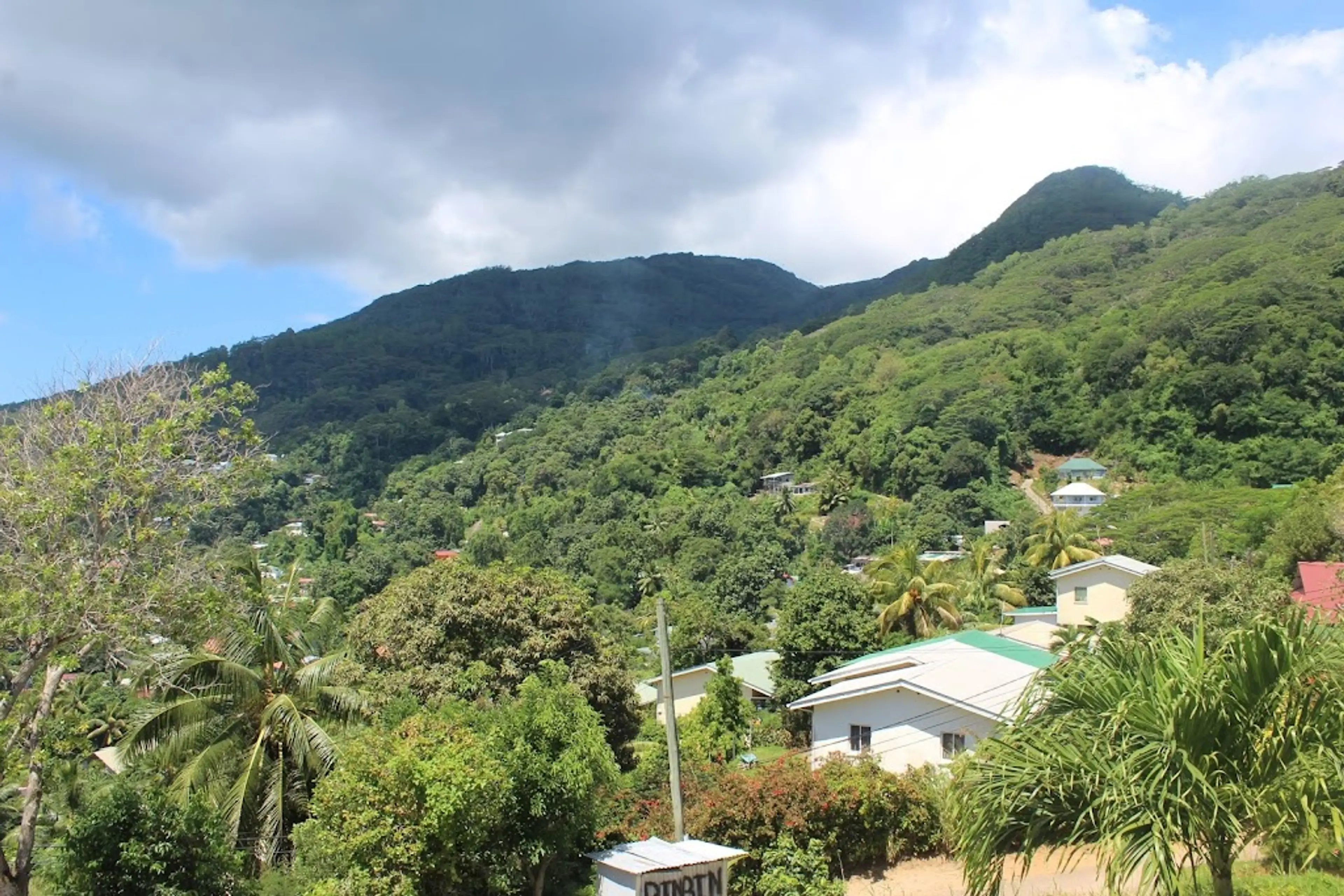
Seychelles
An archipelago of 115 islands in the Indian Ocean, known for its beaches, coral reefs, diving, nature reserves and rare wildlife

South Africa
Known for its diverse culture, landscapes, wildlife and history

Comoros
A volcanic archipelago off Africa’s east coast, in the warm Indian Ocean waters of the Mozambique Channel
